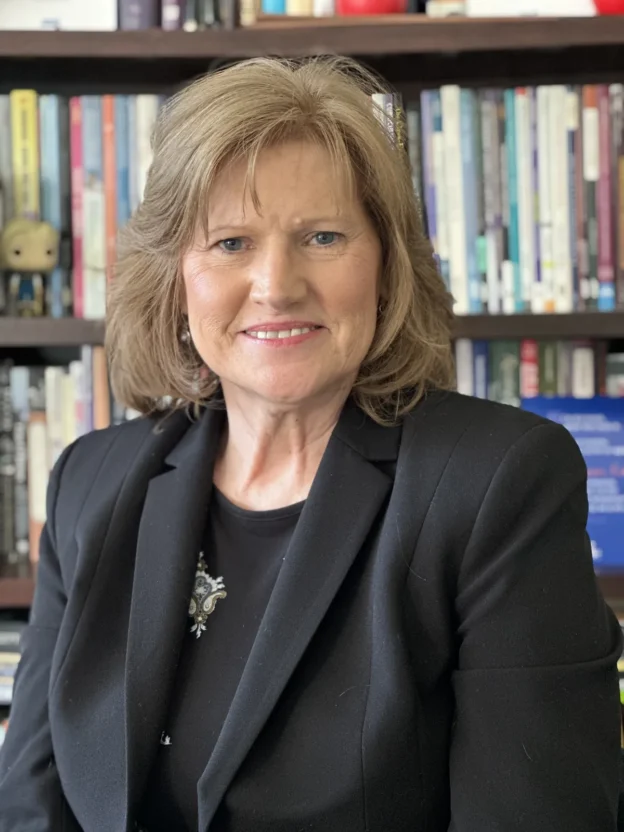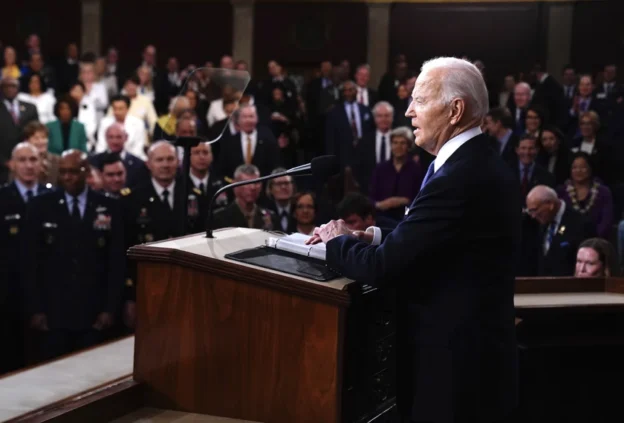eSchool News
Key points:
Use “hooks” to captivate students’ attention and foster excitement for learning
Student engagement requires more than edtech tools
PBL isn’t used enough–let’s change that
For more news on teaching trends, visit eSN’s Innovative Teaching hub
Learning is a dynamic process, one in which learners must be actively engaged. However, studies suggest that a significant percentage of students feel disengaged in their learning, posing a challenge for educators. As teachers strive to adapt their instructional methods to nurture student curiosity and drive deeper student engagement, the principles outlined in Teach Like A Pirate offer valuable insights.
A few years ago, I read the book Teach Like A Pirate by Dave Burgess, and the ideas resonated with me and changed my perspective on instructional practices. In his book, Burgess emphasizes the importance of Passion, Immersion, Rapport, Ask/Analyze, Transform, and Enthusiasm (P.I.R.A.T.E.) in teaching. Central to this approach are the hooks – strategies that captivate students’ attention and foster excitement for learning. Here, we explore five effective hooks I’ve shared with the educators I support that are inspired by the book, along with specific examples of their implementation:
1. The Mystery
Creating a sense of intrigue and anticipation can significantly enhance student engagement. Simple yet effective strategies, such as presenting a mystery box or revealing half of an image, encourage students to speculate, discuss, and inquire. By tapping into their curiosity, educators can stimulate deeper learning experiences.
Within their K-12 platform–Discovery Education Experience–the team at Discovery Education has created an entire section on Instructional Hook Strategies as part of their Spotlight On Strategies resources. Two examples that I implemented in my classroom, were Half of the Picture and Half the story.
Present students with half of an image and prompt them to speculate on the missing portion. For example, show only the right half of an image of soldiers and ask students to guess what the soldiers are preparing for.
Zoom in on a projected image, revealing only a portion to students. Prompt them to guess what it could be, gradually zooming out to unveil the full image. These strategies encourage curiosity and critical thinking, setting the stage for deeper exploration of the day’s lesson.
2. The Technology Hook
The use of technology can be a hook in itself, but it can also be combined with most of the other hooks to amplify the learning experience. The mystery hook could be applied when connecting to experts, authors, or other classes. Students could try to guess who they will be meeting with or where they are from.
Technology not only engages students but also offers opportunities for alternative assessments that encourage creativity and individuality. By incorporating alternative assessment formats, students can demonstrate their understanding in unique ways. For instance, when prompted with questions such as ‘Were the colonists justified in rebelling against the British?’, one reserved student expressed her thoughts in a British accent during an audio recording. This unexpected approach not only revealed her personality but also showcased her depth of understanding. Such personalized assessments serve as catalysts for further exploration of students’ interests and capabilities.
Embracing alternative assessment methods not only fosters deeper engagement but also unlocks students’ creativity and individuality. Projects using platforms like Flip, Garageband, Russel Tarr’s ClassTools Fakebook page, Matt Miller’s Ditch That TextBook templates, and Ryan O’Donnell’s Creative Ed Tech site offer innovative ways for students to showcase their understanding while connecting to their interests.
By harnessing these resources, educators empower students to demonstrate mastery authentically, fostering deeper engagement and meaningful learning experiences.
3. The Kinesthetic Hook
Engaging students through movement is a powerful strategy that enhances active participation and deepens learning experiences. By incorporating kinesthetic hooks into teaching practices, educators can create dynamic and immersive environments that promote collaboration and critical thinking.
Gallery walks provide a transformative approach to traditional presentations, fostering active participation and deeper learning experiences. Rather than passively listening to student presentations over multiple class periods, gallery walks utilize both classroom and hallway spaces as dynamic learning resources. This setup encourages students to actively engage by moving around and interacting with various materials.
During gallery walks, students have the opportunity to explore a variety of resources, including posters, QR codes linked to slide presentations, and informational materials. This station-like setup allows students to interact with multimedia content such as text resources, video clips, and presentations, thereby enhancing their understanding and retention of the material.
By offering a multisensory approach, gallery walks engage students on multiple levels, catering to diverse learning preferences and fostering a deeper connection with the content. As an educator who has transitioned from traditional presentations to gallery walks, I have observed firsthand the transformative impact of this approach. It ignites greater student engagement and enthusiasm for learning, ultimately leading to more meaningful educational experiences.
4. The Safari Hook
Scavenger hunts and interactive challenges offer exciting avenues for students to apply their knowledge while fostering independent learning and problem-solving skills. Utilizing tools like Google Forms, educators can craft digital scavenger hunts with self-assessing questions, promoting engagement and autonomy in learning. Incorporating elements of gamification, such as unlocking clues or prizes, enhances motivation and bolsters learning outcomes.
For instance, digital photo activities like the alphabet photo book engage elementary students in identifying letters by capturing images around the school. This approach extends beyond traditional assessments, allowing educators to assess various skills and knowledge through student-generated content.
Another hook is bringing the Amazing Race into the classroom. Educators can leverage Google Forms and response validation questions to create unique challenges at each ‘Pit Stop.’ By incorporating QR codes for easy access and navigation, educators immerse themselves in the activity, gaining valuable insights into students’ engagement and understanding.
Alternatively, activities like BreakoutEDU provide a thrilling experience by presenting students with clues to open locks and reveal hidden treasurers. Platforms like Flippity.net offer flexibility in designing scavenger hunts, replacing physical locks with digital counterparts and providing endless possibilities for creative challenges.
Regardless of the chosen activity, participants of all ages delight in the opportunity to move around and engage in thought-provoking challenges, reinforcing learning in an interactive and enjoyable manner.
5. The Picasso Hook
Visual storytelling and sketchnoting are powerful tools for comprehension and creativity. With touchscreen devices and digital whiteboards, students can create visual representations of concepts, enhancing understanding and fostering creativity. Sketchnoting allows students to capture information from text, video, or presentations using drawings, facilitating better retention and understanding through visual connections.
Technology makes sketchnoting accessible to students of all skill levels. For instance, touchscreen devices like iPads enable students to use apps like Freeform for drawing. Additionally, tools like QuickDraw by Google assist students in generating visual content by predicting drawings and offering clip-art style options.
Digital notebooks offer another avenue for visual expression. Students can use templates in Google Slides, PowerPoint, or Keynote to add information, take notes, and include images to support their understanding. Tools like Google Drawing can be used to annotate images or create hand-drawn copies, allowing students to personalize their learning experience and showcase their understanding effectively.
Incorporating these hooks into instructional practices not only revitalizes classroom experiences but also cultivates a deeper connection between students and learning. By stimulating curiosity, fostering creativity, and promoting active participation, educators can create dynamic and immersive learning environments that inspire a lifelong love for learning.


